Indigenous landowners believe floodwaters should flow despite discovery of significant artefacts
Indigenous landowners believe the discovery of significant artefacts near some dams — delaying floodwaters from reaching the Darling River — should not stand in the way of improving flows; citrus farmer watches life’s work die (pictured); and, plan to rescue fish ahead of summer. NSW DROUGHT WRAP
NSW
Don't miss out on the headlines from NSW. Followed categories will be added to My News.
- Stunning reason the Darling River is drying up
- Water Minister defends attack on Murray-Darling plan report
Indigenous landowners believe the discovery of significant artefacts near some dams — which are stopping floodwaters from reaching the dried-up Darling River — should not stand in the way of improving flows.
Barkandji elder Badger Bates said some dams at Toorale station, near Bourke, featured parts of burial sites and artefacts that were more than 50,000 years old and particularly “sensitive” for locals.
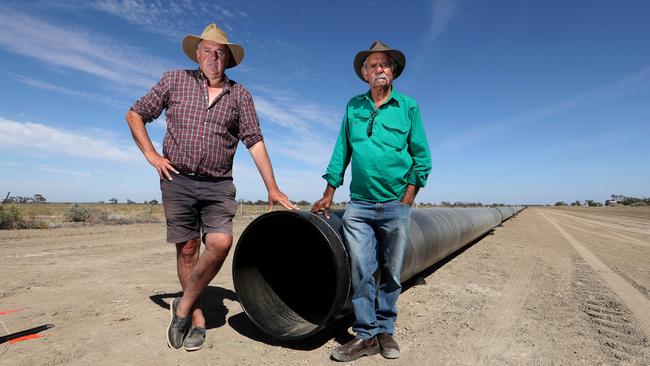
RELATED NEWS
Widespread support to raise dams to help farmers, towns
Firefighters use treated sewage to battle flames
The artefacts were among the issues the state government blamed for delays during the planning stage of the Toorale Water Infrastructure Project, which includes the removal of structures to better allow floodwaters to reach the Darling River from Queensland.
“The delays were the same old, same old excuses from those who aren’t listening to local people,” Mr Bates said.
“We were trying to tell people about the significant sites for years … so to say that’s the problem recently isn’t the full story.”
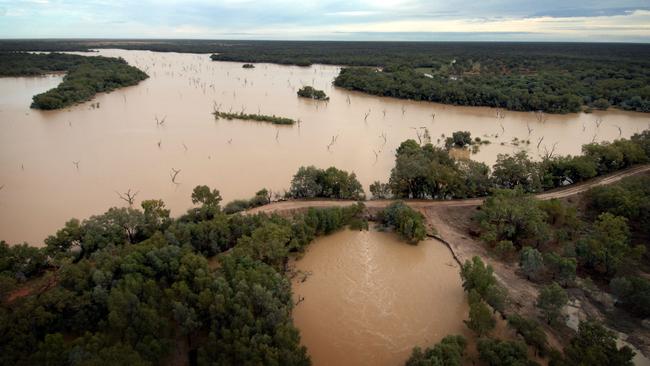
Mr Bates said that even if the Toorale project went ahead it would not fix water flows in the lower Darling.
“The Warrego (River in Queensland) ain’t going to save anyone below Bourke,” he said.
“They can knock Peebles Dam down next month but it’s still not going to get the Darling flowing.”
Mr Bates said the Barkandji people were being denied access to water for cultural purposes due to the low flows downstream.
“They send down some environmental water, which we call ‘shut up water’ and then even by the time that reaches us it’s too salty to drink,” he said.
“We want our cultural water, and we want it to be kept in the Menindee Lakes system, which is one of the oldest natural fishery hatcheries in the world.”
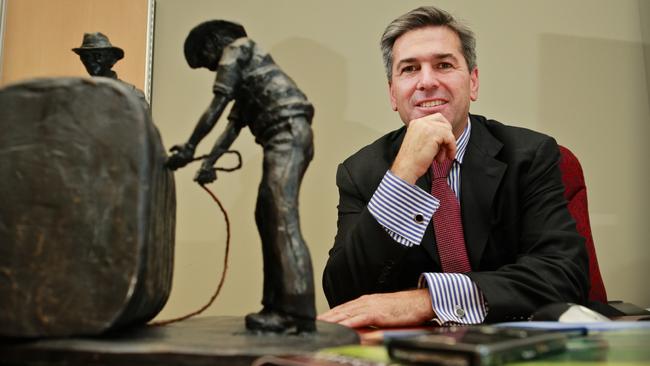
A Department of Planning, Industry and Environment spokesman said the project was on track for stage one works to be completed by the end of October.
“Throughout the project, DPIE has been focused on minimising impact on Aboriginal cultural heritage, neighbouring landholders and the aquatic habitats of the rivers and surrounding areas,” the spokesman said.
“In this respect, a number of delays to the project have occurred to develop solutions to a series of issues that have arisen during the project, in consultation with all stakeholders. DPIE will be reviewing the project to identify ways to minimise delays to similar projects in the future.”
DREAM SOURS FOR CITRUS FARMER
Citrus grower Alan Whyte has been watching his life’s work slowly die before his eyes as dwindling water supplies destroy his crop on the Lower Darling.
He has about six weeks of water left, and then the last of his mandarin and orange trees will die after he harvests the fruit.
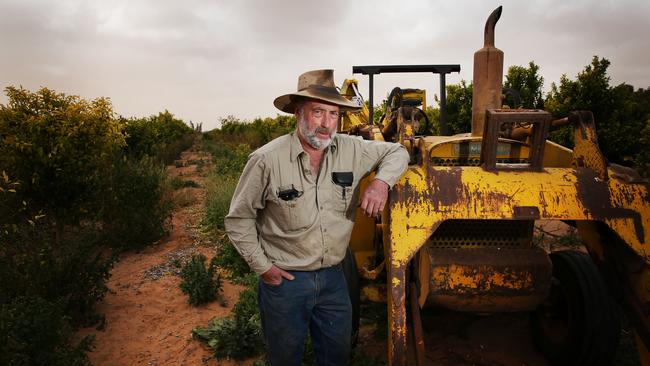
Mr Whyte has joined with six neighbouring horticulturalists to seek compensation from the federal government.
“We used to have the most reliable water supply in the system and now we haven’t, and it is going to get worse,” he said. The group wants recompense for lost income, the cost of removing farm equipment and the value of their water licences. “We do not think we should have to be sacrificed, but we are only six families versus the northern irrigation industry,” he said.
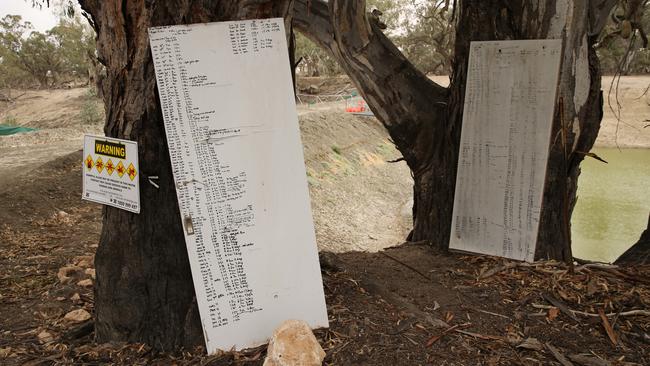
FISH RESCUE LAST LINE OF DEFENCE FOR HOT SUMMER
Scientists have started scooping fish out of disappearing waterholes in the Darling River to save them before summer but locals say it’s “too little, too late”.
The two-week fish rescue operation began at Menindee yesterday, with teams of fisheries scientists catching Murray cod and gold perch left in small puddles to be released into more “secure habitat” further downstream.
NSW Agriculture Minister Adam Marshall said the unprecedented action would provide a lifeline for key native species ahead of an expected summer of fish kills.
“We’re staring down the barrel of a potential fish Armageddon, which is why we’re wasting little time rolling out this unprecedented action,” Mr Marshall said. “By starting this operation today we’re getting on the front foot while we still have the chance to rescue and relocate as many fish as possible.”
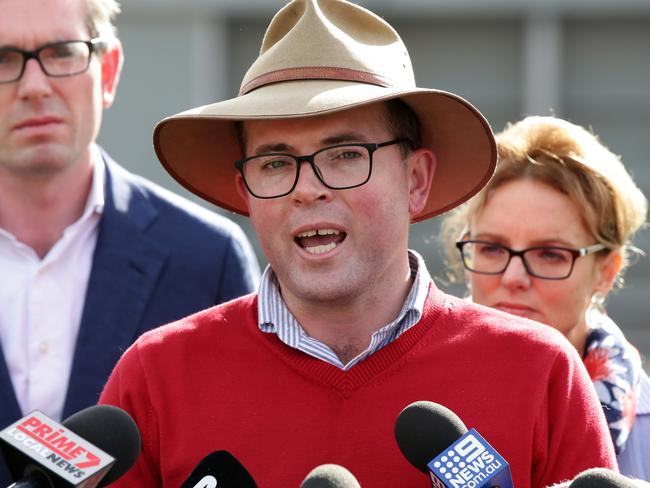
Local land owner Graeme McCrabb questioned the strategy.
“Even though it will save some Murray cod, what’s the point if you don’t fix water quality because we’re going to have the same issue again and again,” he said. “There’s potentially going to be millions of dead fish, more than last year so to save a few hundred isn’t going to do a lot if the government doesn’t actually change water policy.”
Mr McCrabb said the fish removals were “extremely distressing” for the community. “They understand why it has to happen of course, but the community are in a way custodians of the river and the fish. This is a feeling of failure,” he said.
